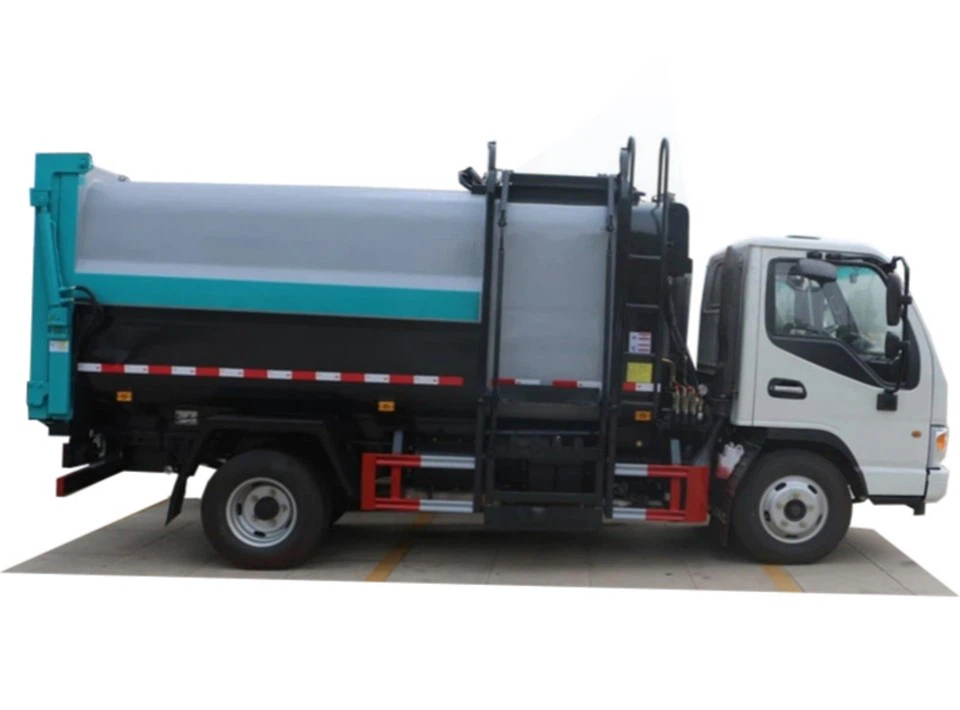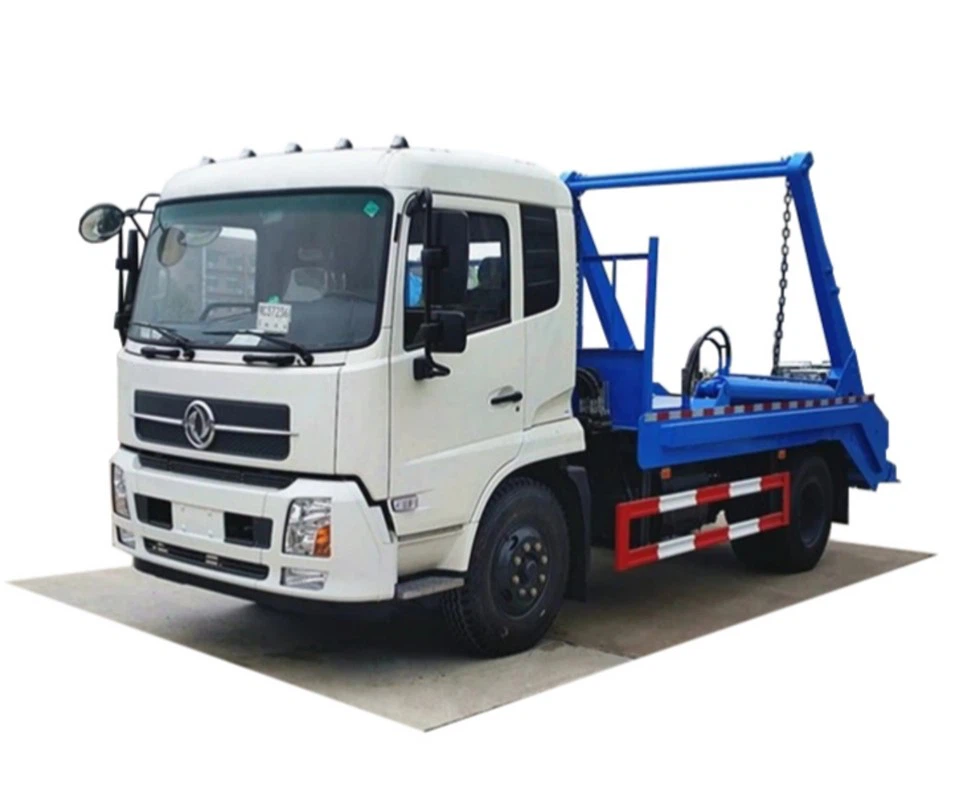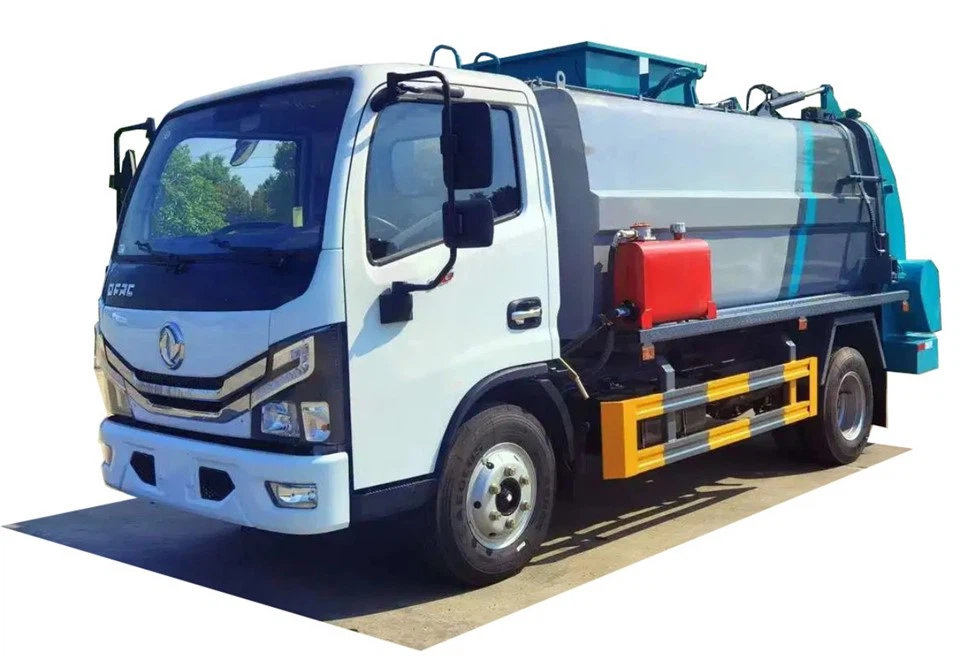Understanding Waste Management Truck Sizes: A Comprehensive Guide

Introduction
Waste management is an essential aspect of modern living, ensuring that our communities remain clean and sustainable. A critical component of waste management is the appropriate transportation of waste materials, which is primarily carried out by waste management trucks. These trucks vary significantly in size based on their intended use, and understanding the different waste management truck sizes can help municipalities, businesses, and individuals make informed decisions about their waste disposal needs. This article will explore the various sizes of waste management trucks, their specifications, operational efficiencies, and practical examples to help you choose the right one for your needs.
The Importance of Waste Management Truck Sizes
Different types of waste require different handling and transport methods. Understanding the sizes of waste management trucks can help address specific needs effectively. Here, we will discuss why truck size matters in waste management.
1. Efficiency in Waste Collection
Larger trucks can carry more waste per trip, reducing the number of trips needed, saving time, and minimizing fuel costs. Smaller trucks are often more maneuverable in urban areas or where access is restricted.
2. Compliance with Local Regulations
Many regions have specific regulations regarding waste transport that may dictate truck size, load capacity, and even the types of waste that can be transported. Understanding these regulations helps in selecting the right truck.
3. Diverse Waste Types
Various waste types, such as residential, commercial, and hazardous waste, often require different truck configurations. Understanding the respective truck sizes ensures compliance with safety standards and effective waste management.
Main Types of Waste Management Trucks
When discussing waste management truck sizes, it’s crucial to understand the various types. Each type of truck serves different purposes and comes in distinct sizes. Below we categorize the most common waste management trucks:
1. Front-Loading Trucks
Front-loading trucks are commonly used for commercial waste collection. They typically range in size from 20 to 30 cubic yards.
| Size | Capacity (cubic yards) | Common Uses |
|---|---|---|
| Small | 20 | Restaurants, small businesses |
| Medium | 25 | Larger retail spaces |
| Large | 30 | Supermarkets, major commercial sites |
2. Rear-Loading Trucks
These trucks are primarily used for residential waste collection. Their sizes vary from 10 to 30 cubic yards.
| Size | Capacity (cubic yards) | Common Uses |
|---|---|---|
| Small | 10 | Single-family homes |
| Medium | 20 | Multi-family homes |
| Large | 30 | Subdivisions, large apartment complexes |
3. Side-Loading Trucks
Side-loading trucks are particularly effective for waste collection in narrow streets or areas with heavy pedestrian traffic. These trucks typically have a capacity of 15 to 25 cubic yards.
4. Roll-Off Trucks
Roll-off trucks are used for large waste projects, such as construction sites. They can accommodate containers that are 10 to 40 cubic yards in size.
| Container Size | Capacity (cubic yards) | Common Uses |
|---|---|---|
| Small | 10 | Small renovations |
| Medium | 20 | Medium-sized construction jobs |
| Large | 40 | Major renovations, debris from large projects |
5. Compactor Trucks
Compactor trucks compress waste to create more storage space and are typically used for heavy waste types. They mostly come in sizes of 20 to 30 cubic yards.
Choosing the Right Truck Size for Your Needs
Selecting the proper waste management truck size also involves understanding your particular waste management needs. Here are some practical tips to guide your decision:
1. Assess Your Waste Volume
Determine the amount and type of waste generated on a daily or weekly basis. For bulk waste, consider larger trucks or roll-offs, whereas smaller, more frequent collections can use smaller vehicles.
2. Consider Your Collection Frequency
How frequently will waste collection occur? If garbage is collected less often, larger trucks may be more efficient, while frequently collected waste may not require the largest truck size available.
3. Factor in the Type of Waste
Different waste types require specialized truck sizes. Hazardous waste, for example, has different transport regulations and may require specific vehicles.
4. Evaluate Operational Costs
Assess fuel consumption, maintenance, and labor costs related to different truck sizes. Larger trucks may reduce the number of trips but could have higher operational costs.

Environmental Considerations in Waste Management Trucks
Waste management is about more than just collection; it’s also about minimizing environmental impact. Here’s how truck size can influence that:
1. Fuel Efficiency
Choosing a truck with the right size for your needs can lead to better fuel efficiency and reduced carbon emissions. A larger truck making fewer trips often uses less fuel overall.
2. Alternative Fuel Options
Many waste management companies are now utilizing alternative fuel systems in their trucks. Hybrid and electric options are emerging, especially in city areas.
3. Technology and Innovation
New technologies, such as GPS and route optimization software, can help waste management companies maximize the efficiency of their fleets regardless of the truck size.
Case Studies: Successful Waste Management with Various Truck Sizes
Examining real-world applications can provide valuable insights into how different waste management truck sizes fulfill varying needs. Below are a few examples:

1. Urban Waste Collection
A large city switched from using front-loading trucks to side-loading trucks to better navigate narrow streets and reduce noise during nighttime collections. This change led to increased efficiency and fewer complaints from residents.
2. Construction Waste Management
A construction company typically employed 20-cubic-yard roll-off trucks for projects. However, upon assessing the waste volume, they shifted to larger 40-cubic-yard containers, reducing their transportation costs significantly.
3. Commercial Waste Solutions
A large retail chain adopted a front-loading truck strategy to streamline waste collection across its stores, allowing them to handle increased waste while improving overall service efficiency.

Frequently Asked Questions (FAQs)
1. What is the average capacity of a waste management truck?
The average capacity can range from 10 cubic yards for small trucks to 40 cubic yards for roll-off trucks, depending on the type and intended use of the vehicle.
2. How do I determine the right truck size for my business?
Evaluate the volume and type of waste generated, your collection frequency, and consider any local regulations that may affect your waste transport needs.
3. Are there eco-friendly options for waste management trucks?
Yes, many companies are investing in alternative fuel vehicles, including electric and hybrid models, which can reduce fuel consumption and emissions.
4. Can smaller trucks be as efficient as larger ones?
In certain scenarios, smaller trucks may be more efficient, especially in urban settings with narrow streets where larger trucks cannot navigate easily.
5. Why is waste truck maintenance important?
Regular maintenance ensures operational efficiency, safety, compliance with regulations, and prolongs the lifespan of the truck, ultimately reducing costs.
6. What new technologies are being used in waste management trucks?
Technologies such as GPS routing, automated collection systems, and real-time waste tracking applications are increasingly integrated into waste management systems to enhance efficiency.
